How much do you all know about Higuchi Ichiyo? She is the face on the 5000 yen bill, a familiar figure in our daily lives, but not many people know the specifics of what she accomplished. At a young age, she took on her father’s debts and, despite severe financial hardship, tried to support her family and carve out a living solely through her talent as a novelist. Her life offers valuable lessons. Additionally, her works address social issues such as poverty and gender, providing much to learn. Today, let’s take a closer look at Higuchi Ichiyo, a figure not as widely known as she should be.
Who Was Higuchi Ichiyo?
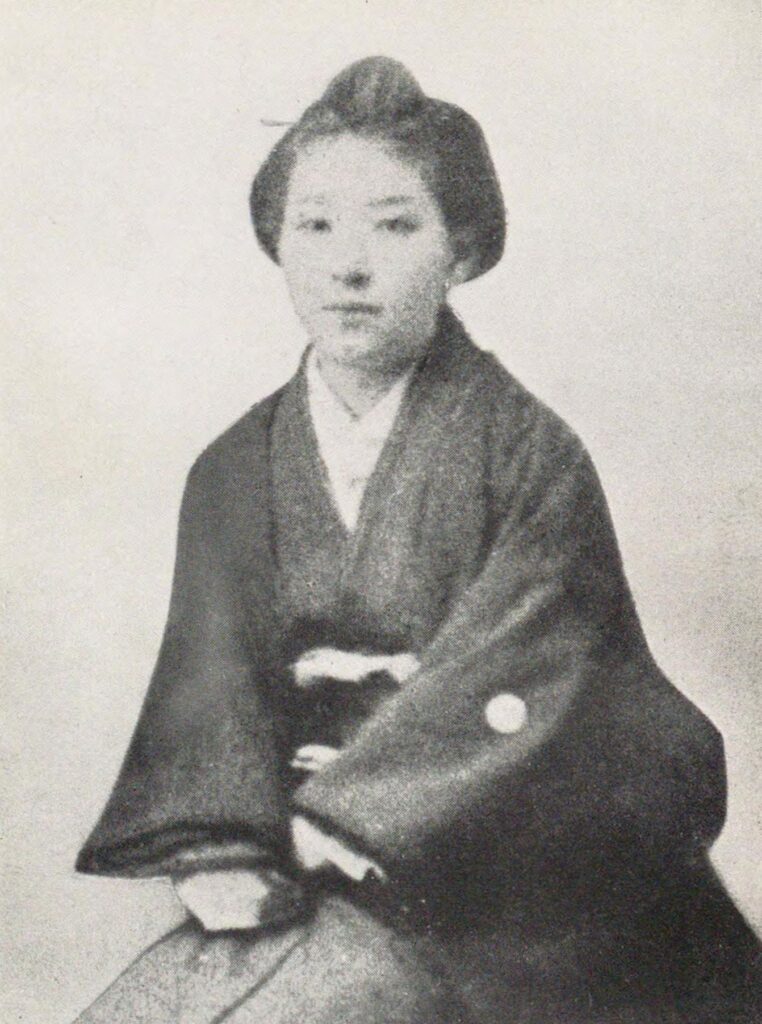
Higuchi Ichiyo was a Japanese novelist from Tokyo who played a crucial role in modern Japanese literature, particularly establishing herself as a prominent female writer. Her official name throughout her life was Natsu, but she often went by “Natsuko,” “Natsu,” or “Nats.”
Ichiyo learned waka poetry and classical literature from Utako Nakajima, and honed her novel-writing skills under the mentorship of Tosui Nakarai. Despite living in extreme poverty, she published remarkable works such as “Takekurabe” (“Growing Up”), “Nigorie” (“Troubled Waters”), and “Jusan’ya” (“The Thirteenth Night”) within just a year and a half, earning high praise from the literary world. These works hold a significant place in the history of modern Japanese literature. Her talent was concentrated in the short period before she died of tuberculosis at the age of 24, but her posthumously published “Ichiyo Diary” has also been highly acclaimed.
Higuchi Ichiyo chose a path that was extremely difficult at the time: supporting herself through writing novels. Mayumi Mori, the author of “Ichiyo no Shiki,” describes her decision as “an unprecedentedly reckless decision in Japanese history.” Her works and life reflect issues that are still relevant today, such as gender and poverty.
Despite her family’s decline, Ichiyo maintained pride in her samurai heritage, which also became a barrier to earning a living. Her experience running a small shop near the Yoshiwara red-light district deeply influenced her work. Using a mixed style reminiscent of Saikaku Ihara, she vividly depicted the behaviors and sorrows of women in the Meiji era. In works like “Takekurabe,” she sensitively portrayed the emotions of young boys and girls.
Higuchi Ichiyo’s diaries, written under various titles, are also highly valued for their literary merit. Although she lived only 24 years, she left an indelible mark on Japanese literature during that brief time.
Brief Timeline of Higuchi Ichiyo’s Life
| Year | Event |
| 1872 | Born as the second daughter in an official residence within the Tokyo Prefecture grounds in Tokyo. |
| 1877 | Entered elementary school at age 4 but withdrew due to her young age. Subsequently attended private schools Yoshikawa School and Seikai School. |
| 1883 | Graduated at the top of her class from Seikai School. |
| 1886 | Joined Nakajima Utako’s poetry school, “Hagi no Ya.” |
| 1888 | Inherited the family estate following the deaths of her father and brother. |
| 1889 | Began writing novels. |
| 1891 | Started writing the diary “Wakaba Kage” and studied under Nakarai Tosui. |
| 1892 | Debut work “Yamizakura” published in “Musashino.” Ended her mentor-disciple relationship with Nakarai Tosui. “Umoregi” published in “Miyako no Hana.” |
| 1893 | “Akatsuki no Tsukiyo” published in “Miyako no Hana.” Opened a sundries and snack shop. |
| 1894 | “Hanagomori” and “Otsugomori” published in “Bungakkai.” |
| 1895 | “Yuku Kumo” published in “Taiyo.” “Nigorie” published in “Bungei Kurabu.” “Takekurabe” published in “Bungakkai.” |
| 1896 | “Takekurabe” highly praised by Mori Ogai and Koda Rohan. |
| 1896 | Died of tuberculosis. |
Graduating at the Top of Her Class from Seikai School
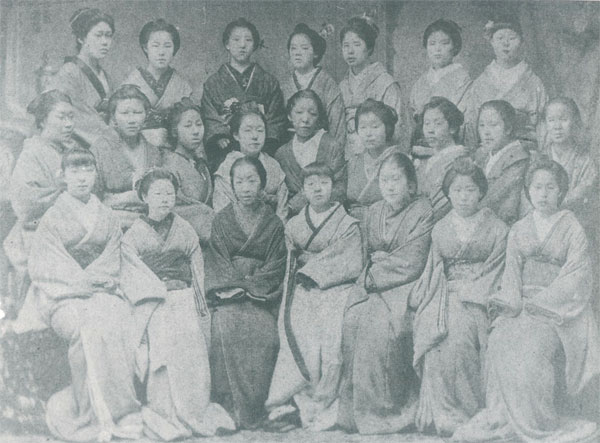
Higuchi Ichiyo was born on May 2, 1872, in the official residence of Tokyo Prefecture. She was a bright child who quickly learned to read and developed a love for books, famously finishing Kyokutei Bakin’s “Nanso Satomi Hakkenden” in just three days. Although she initially enrolled in elementary school, she soon withdrew due to her young age and transferred to a private school, Yoshikawa School.
Ichiyo had an elder sister and brother, as well as younger siblings. When she was 11, her family moved to Okachimachi in Shitaya Ward, where she transferred to Seikai School. There, she studied waka poetry and graduated at the top of her class from the advanced course, but did not pursue further education. This was due to societal norms at the time, which did not value higher education for women. Ichiyo’s mother, Taki, did not prioritize education for women, so after graduation, Ichiyo devoted herself to household duties.
Joining “Hagi no Ya”
In 1886, Ichiyo joined the poetry school “Hagi no Ya” through an introduction by her father’s friend, Dr. Suman Tada. The school was attended by the wives and daughters of high-ranking officials and nobility, making it a place of high social standing. At “Hagi no Ya,” Ichiyo studied waka poetry, Chikage-ryu calligraphy, and classical literature, honing her literary talents.
At the school, Ichiyo, the daughter of a low-ranking official, befriended Natsuko Ito and Minoko Tanaka, who were in similar situations. They were known as the “Commoner Trio.” During her first New Year’s gathering at the school, Ichiyo attended in borrowed old clothes while the other young ladies discussed their kimonos. Despite this, she received the highest score for her poetry, showcasing her talent.
Sasaki Nobutsuna detailed in his memoir “People of Meiji, Taisho, and Showa” how dedicated Ichiyo was to her activities at the school. She actively helped with transcribing and preparing for poetry gatherings, earning the respect of other participants.
However, as time went on, Ichiyo increasingly felt the disparity between herself and her peers, becoming more introverted. An encounter with Hanako Tanabe is an example of this; upon seeing Ichiyo humming a poem while serving, Hanako was surprised. Recognizing Ichiyo’s talent, Hanako developed a close relationship with her, and they later became known as the “Two Talented Ladies of Hagi no Ya.” Despite her remarkable talent, Ichiyo became a reserved person, earning the nickname “Mono-tsutsumi no Kimi,” meaning “the person who hides things.”
Inheriting the Household After the Deaths of Her Father and Brother
Ichiyo’s family faced significant trials when she was 17. Her brother, Izutaro, died of tuberculosis, followed by her father, Noriyoshi, who passed away leaving behind debts from a failed business venture. As a result, Ichiyo became the head of the Higuchi household at a young age, shouldering the responsibility of supporting her family.
Ichiyo had been betrothed to Saburo Shibuya, but after her father’s death, economic demands led to the dissolution of the engagement. Shibuya later passed the high civil service examination and sought to rekindle the engagement, but Ichiyo’s mother, Taki, refused.
Her second brother, Toranosuke, was also relied upon, but he had conflicts with their mother. Ultimately, Ichiyo moved in as a live-in apprentice with the Nakajima family from “Hagi no Ya,” but she was treated like a maid and left after five months.
The family then moved to Kiku-zaka in Hongo, where Ichiyo, her mother, and her sister tried to make a living through needlework, washing, and making wooden clogs, but these efforts were insufficient, leading to a life of frequent borrowing and financial hardship.
Becoming a Novelist
Higuchi Ichiyo’s serious pursuit of a literary career began around 1889, inspired by the success of her mentor Hanako Tanabe’s work “Yabu no Uguisu.” At the time, Ichiyo was suffering from headaches and shoulder pain from needlework, and saw literature as a potential new source of income.
In 1891, at the age of 20, she wrote her first novella, “Kare Obana,” marking the start of her literary career. In April of the same year, through a friend of her sister, she met and became a disciple of Nakarai Tosui, a writer for the “Tokyo Asahi Shimbun.” Recognizing her talent, Tosui had her contribute to the inaugural issue of the literary magazine “Musashino,” where she published “Yamizakura” under the pen name “Ichiyo.” However, her submission to the “Tokyo Asahi Shimbun” was rejected, causing her significant disappointment.
Their mentor-disciple relationship deteriorated due to rumors, leading to a break. Undeterred, Ichiyo continued her literary studies at the Ueno Library. With the help of Tanabe, she published “Umorekashi” in the magazine “Miyako no Hana,” earning her first manuscript fee of 11 yen and 50 sen, part of which was used to repay debts.
The Miraculous 14 Months
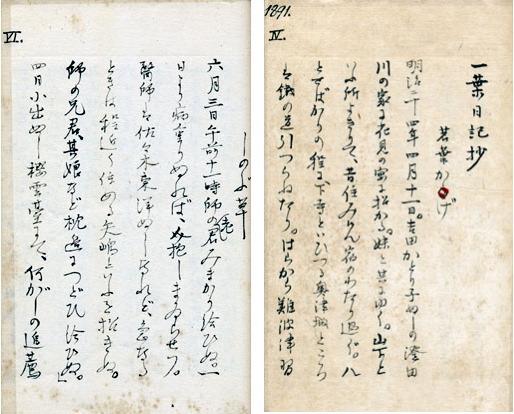
In 1893, due to financial hardships, Higuchi Ichiyo opened a small shop selling snacks and sundries in Shitaya Ryusenji-cho, near the Yoshiwara red-light district. This experience became the foundation for her later masterpiece, “Takekurabe” (“Growing Up”), and marked the beginning of her path in literary activities. The shop was short-lived, closing in May 1894, and Ichiyo moved to Maruyama Fukuyama-cho in Hongo Ward. During this period, she earned a small amount of money from teaching, thanks to negotiations with “Hagi no Ya.”
The 14-month period starting in 1895 is often referred to as the “Miraculous 14 Months” of Ichiyo’s literary career due to its remarkable productivity. During this year, through the introduction of Otsu Oda of Hakubunkan, her contributions to publications such as “Bungei Kurabu” and “Taiyo” increased. Otsu Oda and his wife provided Ichiyo with financial support, and Ichiyo also studied waka poetry under Otsu Oda’s wife. This support helped stabilize Ichiyo’s literary activities and expand her creative opportunities.
During this period, Ichiyo published a series of highly acclaimed works, including “Takekurabe,” “Yuku Kumo” (“Passing Clouds”), “Tatsu Kushi” (“Growing Well”), “Nigorie” (“Troubled Waters”), and “Jusan’ya” (“The Thirteenth Night”). These works were highly praised, and “Takekurabe,” in particular, was serialized in “Bungei Kurabu” in 1896 and received high acclaim from contemporary literary figures such as Mori Ogai and Koda Rohan.
Ichiyo’s home during this period became a literary salon frequented by notable writers such as Kotei Baba, Shimazaki Toson, and Saito Ryoku. Although she still lived in poverty, Ichiyo welcomed these visitors and entertained them with delicacies such as eel and sushi. Higuchi Ichiyo’s active period as a novelist was actually limited to these 14 months, during which she produced a series of masterpieces, hence the term “Miraculous 14 Months.
Higuchi Ichiyo’s Death from Tuberculosis

Higuchi Ichiyo passed away at a young age due to tuberculosis. Her condition had advanced to pulmonary tuberculosis, and given the era’s insufficiently developed treatments, recovery was difficult. In August 1896, Saito Ryoku, concerned about Ichiyo’s health, consulted his friend and doctor, Mori Ogai. Mori Ogai arranged for Ichiyo to be seen by two top physicians of the time, Kiyotoku Kashimura and Tsunemichi Aoyama. However, they also diagnosed her condition as hopeless.
On November 23, 1896, Higuchi Ichiyo died at the age of 24 years and six months at her home in Maruyama Fukuyama-cho, Bunkyo Ward, Tokyo. Her funeral was held on November 25 at Tsukiji Hongan-ji Temple in Tokyo, attended only by close relatives. Mori Ogai wished to attend the funeral but was politely declined by Ichiyo’s mother, Taki, and her sister, Kuni, who felt it was not appropriate for him to attend in formal attire suitable for his status. Ichiyo’s death was a significant loss to the literary world of the time, and her early demise was widely mourned.
The Social Significance of Higuchi Ichiyo’s Works
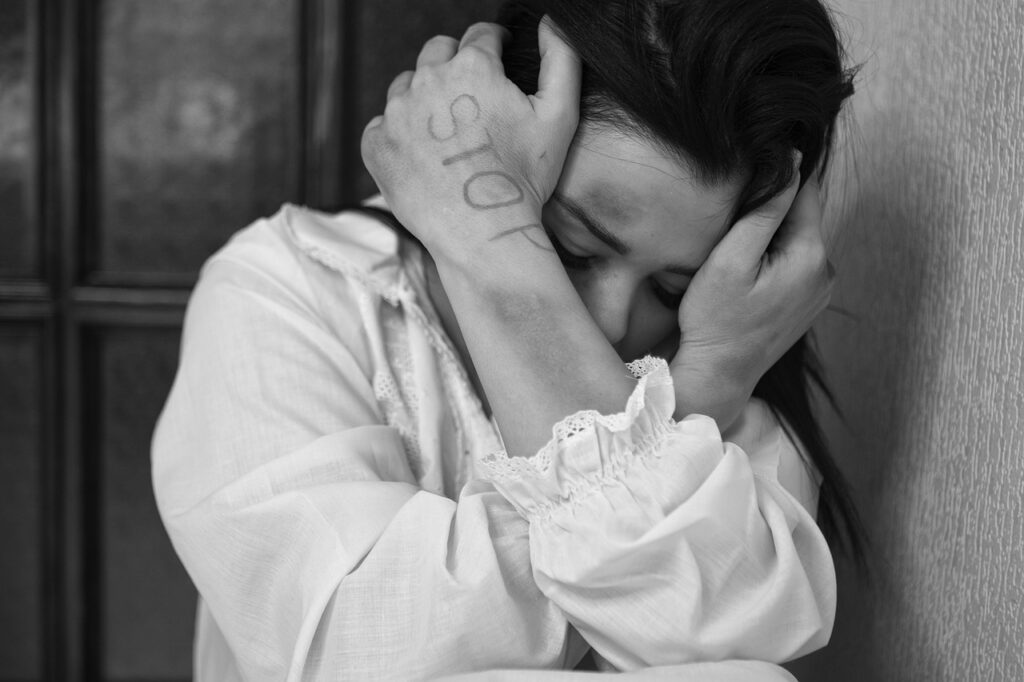
Higuchi Ichiyo’s works vividly depict the harsh realities faced by women. Her major works tackle heavy themes such as prostitution, stalking, and domestic violence (DV), highlighting their continued relevance as pressing social issues today.
In “Takekurabe” (“Growing Up”), the story portrays a 14-year-old girl named Midori, who faces the grim fate of becoming a courtesan in a red-light district. This novel poignantly and coldly illustrates the cruel reality of Midori’s destiny being trampled by society and her peers, despite her still being a free-spirited child.
In “Nigorie” (“Troubled Waters”), the narrative centers around the loneliness and suffering of a barmaid named Oryu. She attempts to start a new life after parting ways with her former lover, Genshichi, who had fallen into disrepute. However, she ultimately meets a tragic end at his hands, depicting the destructive impact of stalking behavior.
In “Jusan’ya” (“The Thirteenth Night”), the story depicts a beautiful woman enduring domestic violence at the hands of her bureaucrat husband. While she yearns to escape his abuse, the social and legal constraints of the time make it difficult for her to find a solution. This narrative highlights the severe issue of DV and the various challenges women face.
Despite the passage of many years since Ichiyo’s death, these works resonate deeply from a contemporary perspective, leaving a strong impression on readers. Her literature invites readers to revisit the characters’ emotions and the intricate details of the stories, thereby deepening their understanding. Higuchi Ichiyo’s body of work transcends its era, continuing to convey universal human dramas and relevant messages to modern audiences.
Higuchi Ichiyo’s Personality
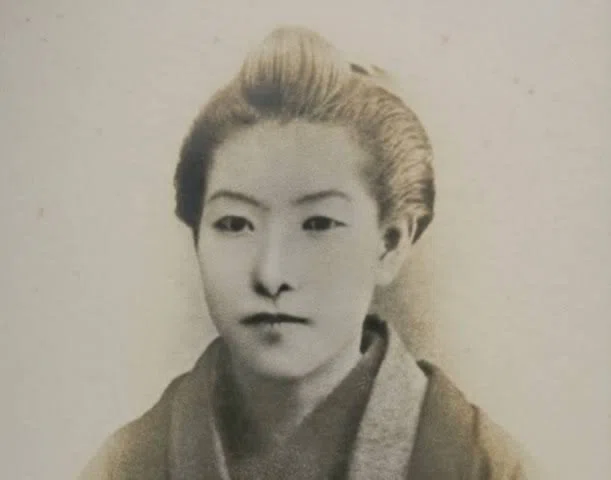
Higuchi Ichiyo was a multifaceted and complex individual. Her character was shaped by her sensitive and introverted nature, high self-esteem, and cunning determination to achieve her goals.
In her youth, Ichiyo harbored a complex due to her lower social status compared to those around her. During her time at “Hagi no Ya,” she tended to hide her emotions and thoughts. She never spoke ill of others and often suppressed her feelings. Because of this trait, she was nicknamed “Mono-tsutsumi no Kimi,” which means “the person who hides things,” referring to her tendency to conceal her true feelings. Ichiyo also had moments of self-deprecation when comparing herself to women of higher social status. Her inner world was a mix of sensitivity and conflicted emotions. According to her friend Natsuko Ito, Ichiyo always seemed to be enduring something.
Love and Relationships
Ichiyo’s complex personality also manifested in her romantic relationships. She had a deep romantic involvement with her literary mentor, Nakarai Tosui, but eventually decided to break off the relationship due to persistent rumors, demonstrating her high pride and strong self-awareness. In her struggle with financial difficulties, she approached a fortune-teller named Yoshiaki Kusaka, using her femininity as a tool to request a loan. While Kusaka proposed to deepen their relationship, Ichiyo fiercely criticized him in her diary, showing her cold and calculating nature in manipulating her circumstances to control others.
Episode of Higuchi Ichiyo
Finally, let’s look at an episode from Higuchi Ichiyo’s life, highlighting her unique experiences and multifaceted character.
Father’s Debt and Broken Engagement
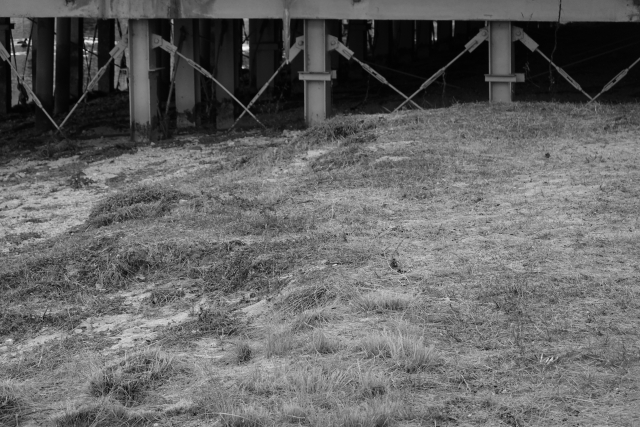
Higuchi Ichiyo’s life took a significant turn when she was 17 years old, despite her family being relatively wealthy. Her father worked as a moneylender, which provided them with a stable economic situation. However, upon his death, it became apparent that he had left behind substantial debt from a failed business venture. Since Ichiyo’s brothers had already been disowned, she had to inherit both the family estate and the debts.
In that era, it was not easy for women to receive an education or achieve success. To make a living, Ichiyo engaged in needlework and other side jobs, but her life became increasingly difficult. She often had to pawn household items, but the debts continued to grow, pushing her family further into financial distress.
Engagement with Saburo Sakamoto
Ichiyo was engaged to Saburo Sakamoto, who was studying law at the time. While her father was alive, there were expectations for their marriage. However, after her father’s death, disagreements arose between Saburo and Ichiyo’s mother, leading to the dissolution of the engagement. Saburo later became successful, serving as the principal of Waseda Vocational School and as governor of Akita and Yamanashi Prefectures. Had Ichiyo married Saburo, her life might have taken a different path.
Proposal of Marriage with Natsume Soseki’s Brother
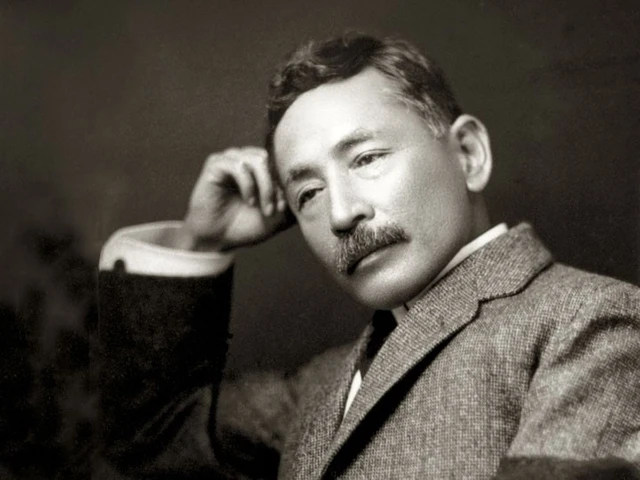
There was once a proposal of marriage between Higuchi Ichiyo and Natsume Soseki’s brother. However, this proposal was broken off due to the wishes of Soseki’s father. Ichiyo’s father and Soseki’s father had a past relationship as superior and subordinate, respectively, with Ichiyo’s father frequently borrowing money from Soseki’s father. Soseki’s father was concerned that if they became relatives, he might be subjected to even more financial demands, so he declined the proposal.
Romantic Scandal with Mentor Nakarai Tosui
During the process of starting her career as a novelist, Higuchi Ichiyo found herself in a complex relationship with her mentor, Nakarai Tosui. Tosui, who was about ten years older than Ichiyo, was an experienced novelist, journalist, and teahouse operator. Ichiyo met Tosui through an acquaintance when she was looking for a mentor to help her succeed as a novelist and became his disciple.
Ichiyo was strongly attracted to Tosui from the moment she met him, falling in love with his fair complexion and gentle appearance at first sight. She highly praised his appearance, saying, “Even a three-year-old child would become attached to him.” However, Tosui did not seem to be as attracted to Ichiyo, describing her as “a shabby girl.”
As their relationship progressed, Tosui, aware of Ichiyo’s feelings for him, took an ambiguous stance, saying, “Let’s associate as friends of the same sex.” This attitude caused Ichiyo great distress. Furthermore, there were bad rumors about Tosui’s relationships with other women, which also troubled Ichiyo.
One day, when Tosui invited Ichiyo to stay at his home, she declined, but her feelings for him were complex, as recorded in her diary. Eventually, Ichiyo heard rumors that Tosui was telling others that she was “his wife or mistress.” Exhausted by the relationship and fearing for her reputation, Ichiyo decided to end her relationship with Tosui. This event marked a turning point in her literary career, and after severing ties with Tosui, notable literary figures such as Saito Ryoku and Shimazaki Toson began visiting her home, helping her establish her reputation as a novelist. After breaking off with Tosui, Ichiyo dedicated herself to her creative work and solidified her position as a writer.
The Pen Name “Higuchi Ichiyo”
The origin of Higuchi Ichiyo’s pen name is related to her impoverished living conditions. The name is inspired by the legend of Bodhidharma from India, who crossed over to China on a single leaf. Ichiyo humorously referred to this legend, jokingly telling her friends, “I don’t have any money either.” This led her to adopt the name as her pen name. This story not only highlights her dire financial situation but also reflects her sense of humor and strong will to face adversity. By using this pen name, Ichiyo depicted the real lives and emotions of people living in difficult circumstances, resonating with many readers.
Why She Was Chosen as the Face of the Banknote
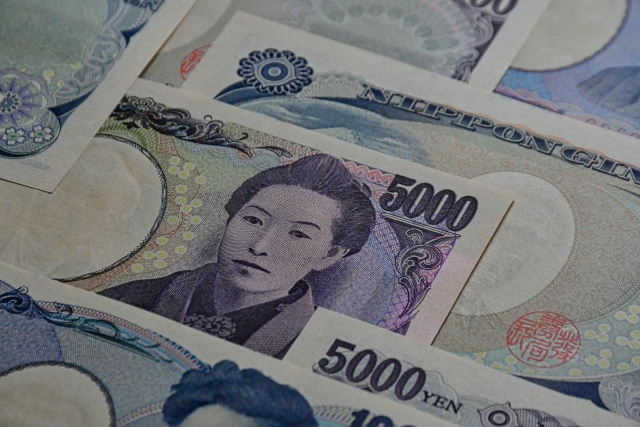
The background behind Higuchi Ichiyo being chosen as the face on the 5000 yen bill is greatly influenced by how her works and life reflect important themes in modern society, particularly issues such as gender problems and poverty. Ichiyo was a female writer active in the Meiji era, a time when women’s participation in society was very limited. Despite these difficulties, she overcame them and left behind numerous acclaimed literary works. Her works focus on the struggles and social constraints of women, resonating with many people. By featuring her on a commonly used banknote, there may also be an intention to remind people of these social issues.
Summary
How was it? This time, we looked at Higuchi Ichiyo. I hope you have understood how she carved out a life through her novels despite poverty and joined the ranks of top-notch novelists. Higuchi Ichiyo’s life also paved the way for women’s social advancement, and the social issues depicted in her works are problems that we still need to solve today. She is a person who has given us an opportunity to rethink what society should be like.




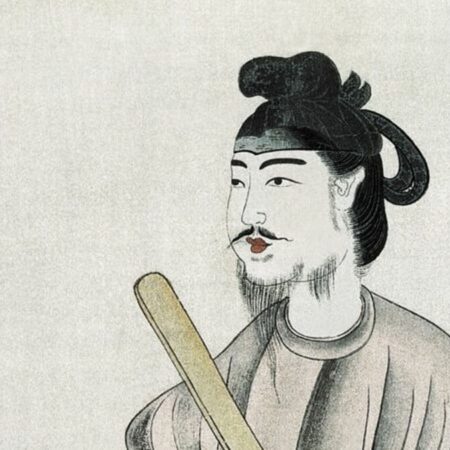
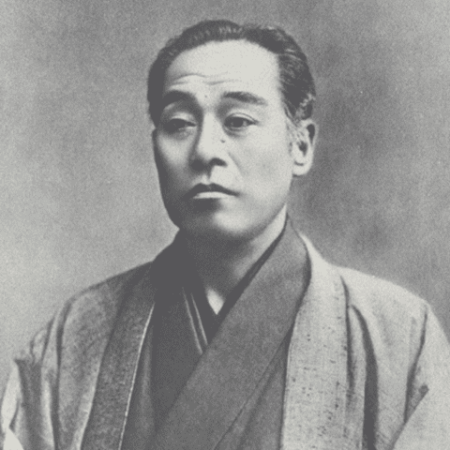
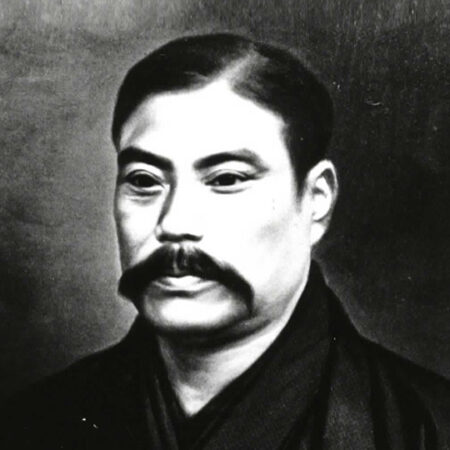
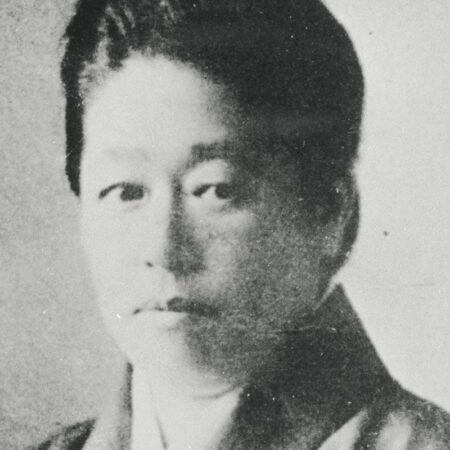
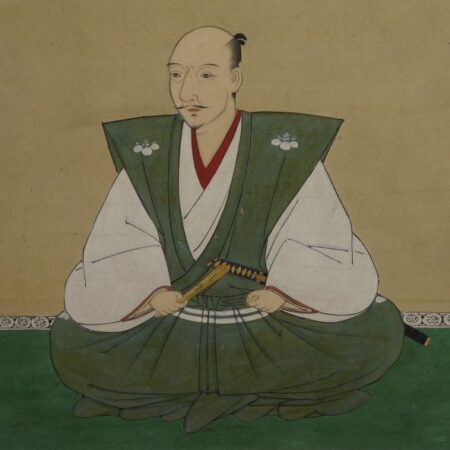
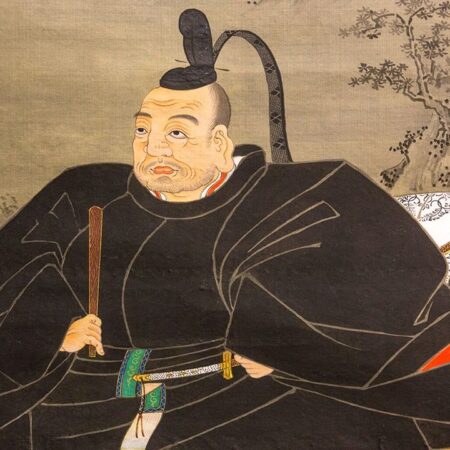
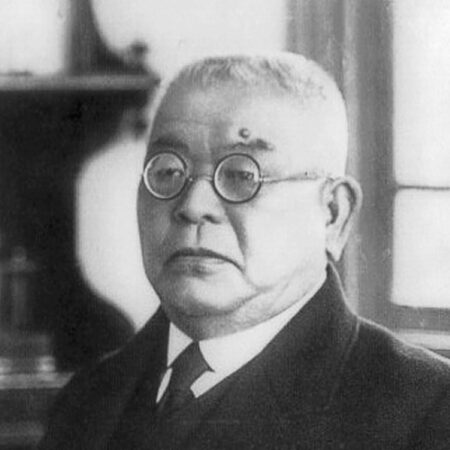
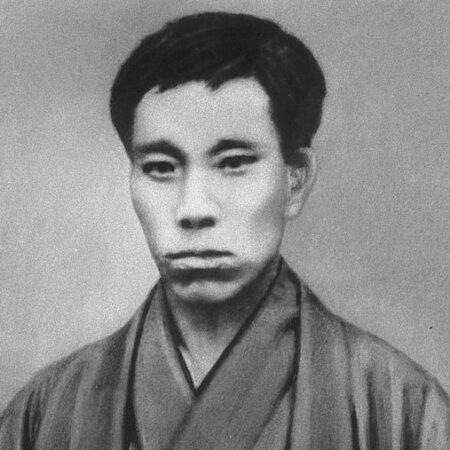


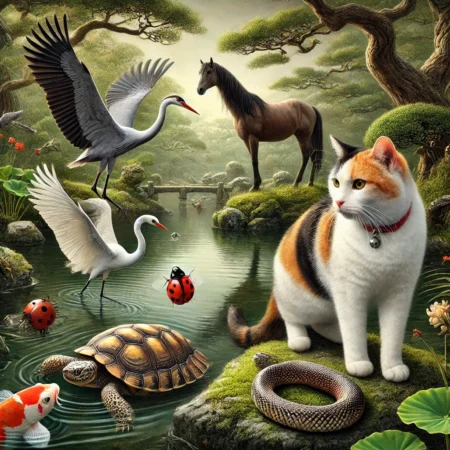
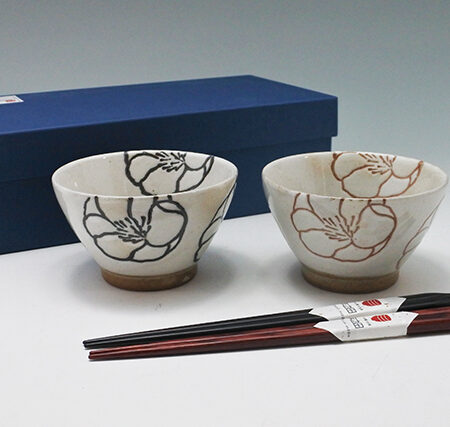
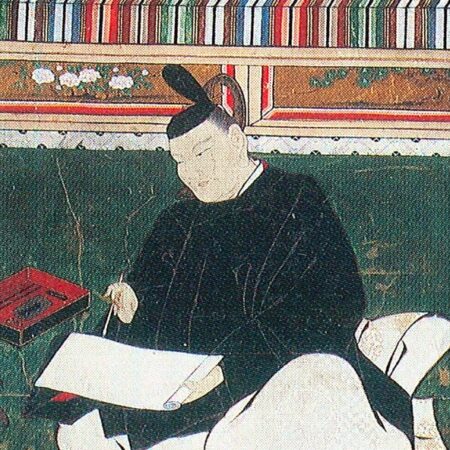
コメント